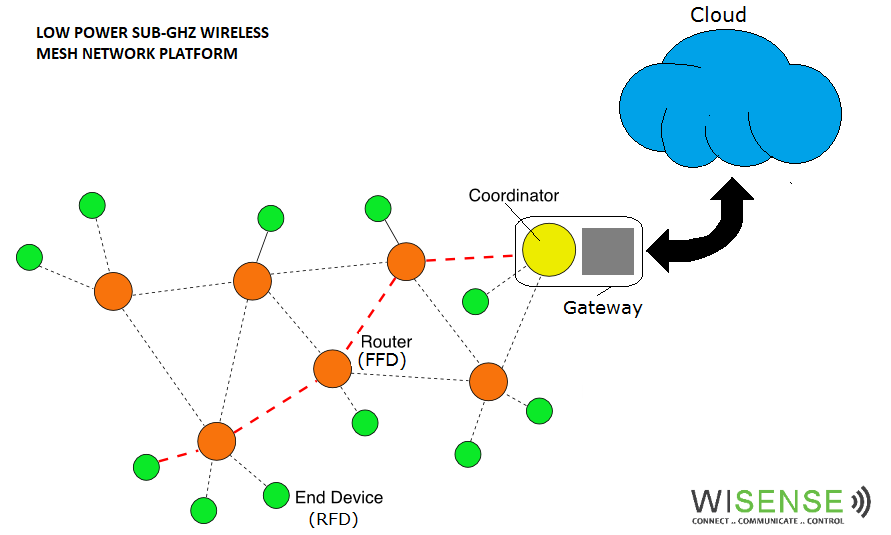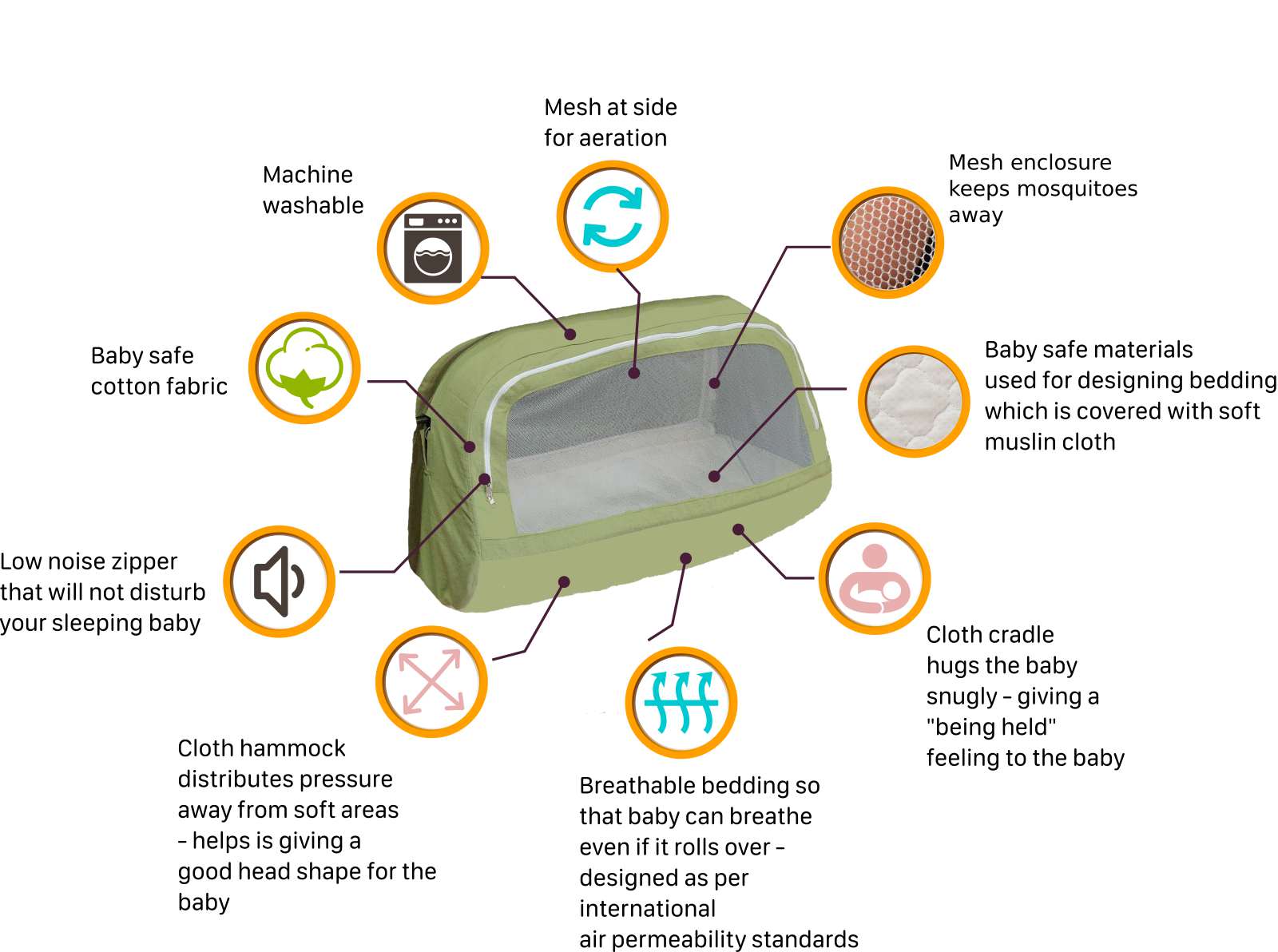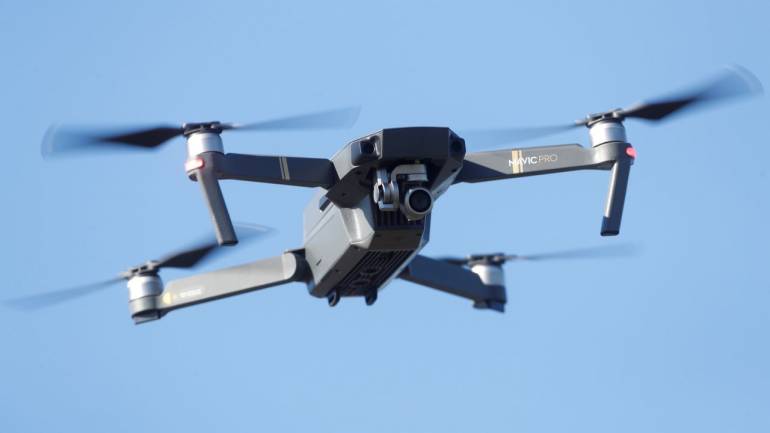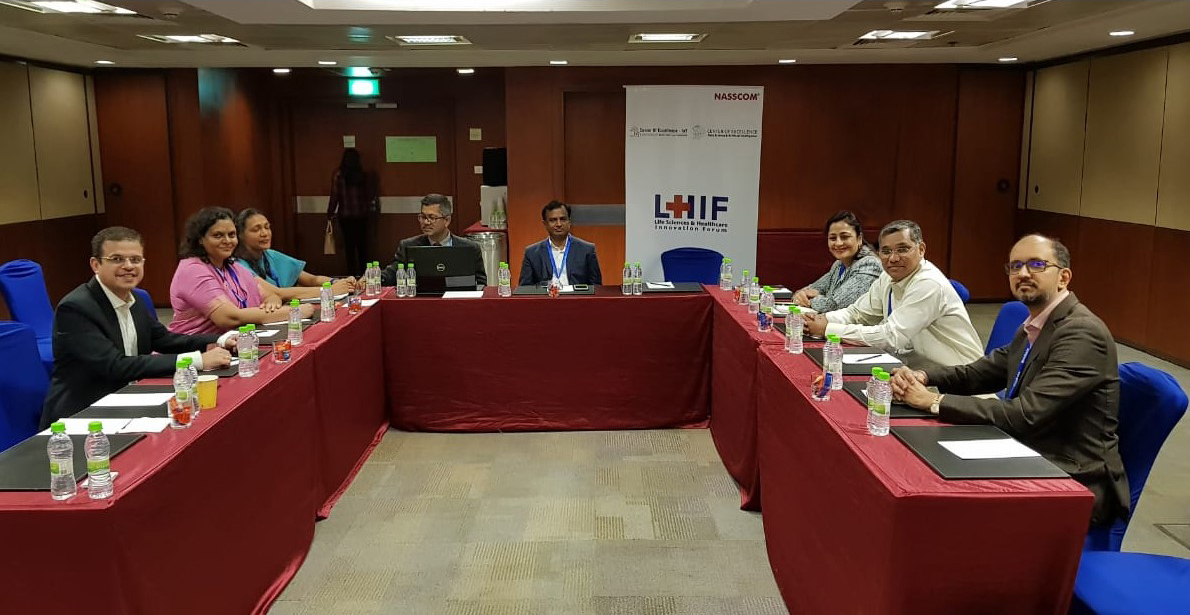Is it a bird? Is it a plane? No, it’s a drone! From providing gravity-defying footage of weddings, drone technologyhas moved far and well beyond recreation, and is assuming an increasingly titular role in data collection for businesses.
Taking the drone revolution in India a step ahead is deep-tech drone startup Aerologiks, which is providing analytical data and useful insights through its drones using AI and machine learning. Founded by Rohan D and Parul Aghi, Aerologiks is building fully autonomous, collision-resistant and crash-proof drones for use in different sectors like drone delivery, surveillance, mapping and inspection.
Customized AI Solution For Farm Management
The team is developing self-learning drones using Artificial Intelligence and the neural network for autonomous operations. The key differentiator is to integrate AI and computer vision to automatically extract valuable 3D information from raw data, which can be collected and sent back to a computer in real time for assessment. This enables issues to be dealt quickly and efficiently, causing minimal disruption to operations. The founders believe the use of AI in drones will transform the way data I captured, analyzed and assessed, allowing industries to share real-time insights.
How is this done? For instance, if there is a piece of agricultural land to be surveyed, a drone by Aerologiks can effortlessly scan the entire stretch of land by providing high-quality images through a HD Camera as well as additional data on land quality, surrounding topography, agricultural conditions, temperature and weather quality. This is extremely helpful to farmers and agricultural land developers, who can make informed decisions on farming and crop management.
Aerologiks has already been working on several agriculture projects and has made a foray recently into surveillance and inspection. Recently, their technology was put to test on an arecanut plantation in India. Typically, an acre of an arecanut plantation contains 500 trees. Each tree spans a height of nearly 15 metres, and labourers have to manually spray pesticide on each tree.
It would take farmers nearly two days to spray trees with pesticide on a land spanning one acre. With Aerologiks’ AI-enabled drone, this time was cut down to three hours.
The drone, loaded with a pesticide container, was able to scale the height of these tall trees, spray just the required amount of pesticide – based on data computed by the drone – saving labourers the risk of exposure to chemicals and farmers unnecessary labour costs.
AI For Future Of Drone Technology
While standalone companies continue to provide drones for commercial purposes, the industry is demanding more value from these devices. Drones with capabilities spanning technologies like AI will be the future of the industry as they enable decision-makers to make smarter, faster and data-driven decisions. AI allows machines like drones to operate independently and make their own decisions on behalf of their human controllers. The next generation of drones will be AI-powered, optimizing costs, enhancing efficiency aerial data gathering provides decision-makers a comprehensive picture of their operations.
Ever since Amazon announced in 2013 that they would be experimenting with drones to make deliveries, there has been a dynamic shift in industry applications for drones. By 2017, the global drone market stood at $69bn and is expected to reach $141bn by 2023.
Adding layers of advanced technologies is expected to add tremendous value to drone technology in business today. This year, more traction can be expected in this area as companies worldover are actively seeking to combine RGB, thermal imaging, and IoT-driven data from sensors. More aerial imaging and mapping software firms will announce AI-driven capabilities too.
In India, drone-based applications are being used extensively across industries such as agriculture, energy, infrastructure, mining, media and insurance. Now, with a new policy in place, India’s drone industry is truly ready for flight. This policy is specifically expected to open up the country’s B2B market, opening up the scope of innovation for drone companies like Aerologiks.
While policies and regulations are expected to take their own recourse, the drone industry has been expanding its capabilities far and wide. In the past few years, the growth of consumer and commercial drones has grown significantly due to the rapid development of radio communication and smartphone penetration, and has led to improved methods of data capture, amplified by enhanced computing abilities. And going by industry standards, data analytics will form the core of future drone technology.












